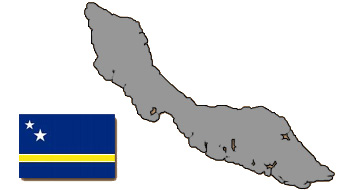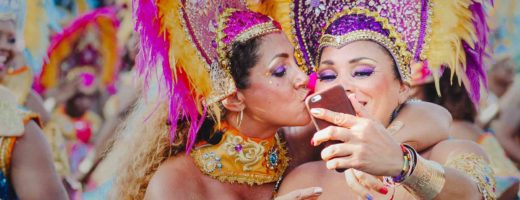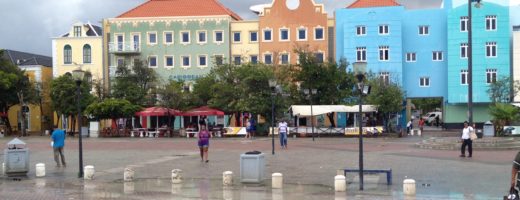Curacao is a small Caribbean island that is an independent country. It is not hard to quickly discern the attitude here toward LGBT people–at least to tourists to whom the welcome sign reads: “Welcome. “Live and Let Live” or “Biba i laga Biba”. But homophobia is an undercurrent here as well and natives do not come flying out of the closet.
One of the few liberal islands of gay-friendliness in the sometimes homophobic Caribbean, Curaçao has in recent years put itself at the forefront of gay tourism in the region. It launched a gay and lesbian travel Web site, many of its hotels are members of gay tourism associations, and there are three LGBT bars (a rarity in the Caribbean) that are open nearly every night of the week. Even life partners of citizens can receive permanent residence on the isle. After Puerto Rico, it’s probably the best bet for any kind of all-gay vacation in the Caribbean.
It comes as no surprise that Curaçao is part of one of the most liberal entities on earth: the Kingdom of the Netherlands. It’s situated just outside of the region’s hurricane belt 35 miles north of the Venezuelan coast. It’s a rather dry and desert-like island strewn with cacti and dotted with old windmills and hilltop forts, many of which have been turned into restaurants. The capital of Willemstad, a UNESCO World Heritage site that dates back to the 1500s, is punctuated by upscale gambling joints and pastel-hued buildings. The rest of the island is filled with more than 30 beaches and 40-plus dive areas.
The big event of the year is the Curaçao Carnival, which begins on New Year’s Day with various festivities extending until the day before Ash Wednesday. A highlight is the Festival di Tumba during the second week in February.



